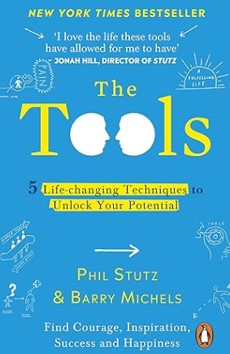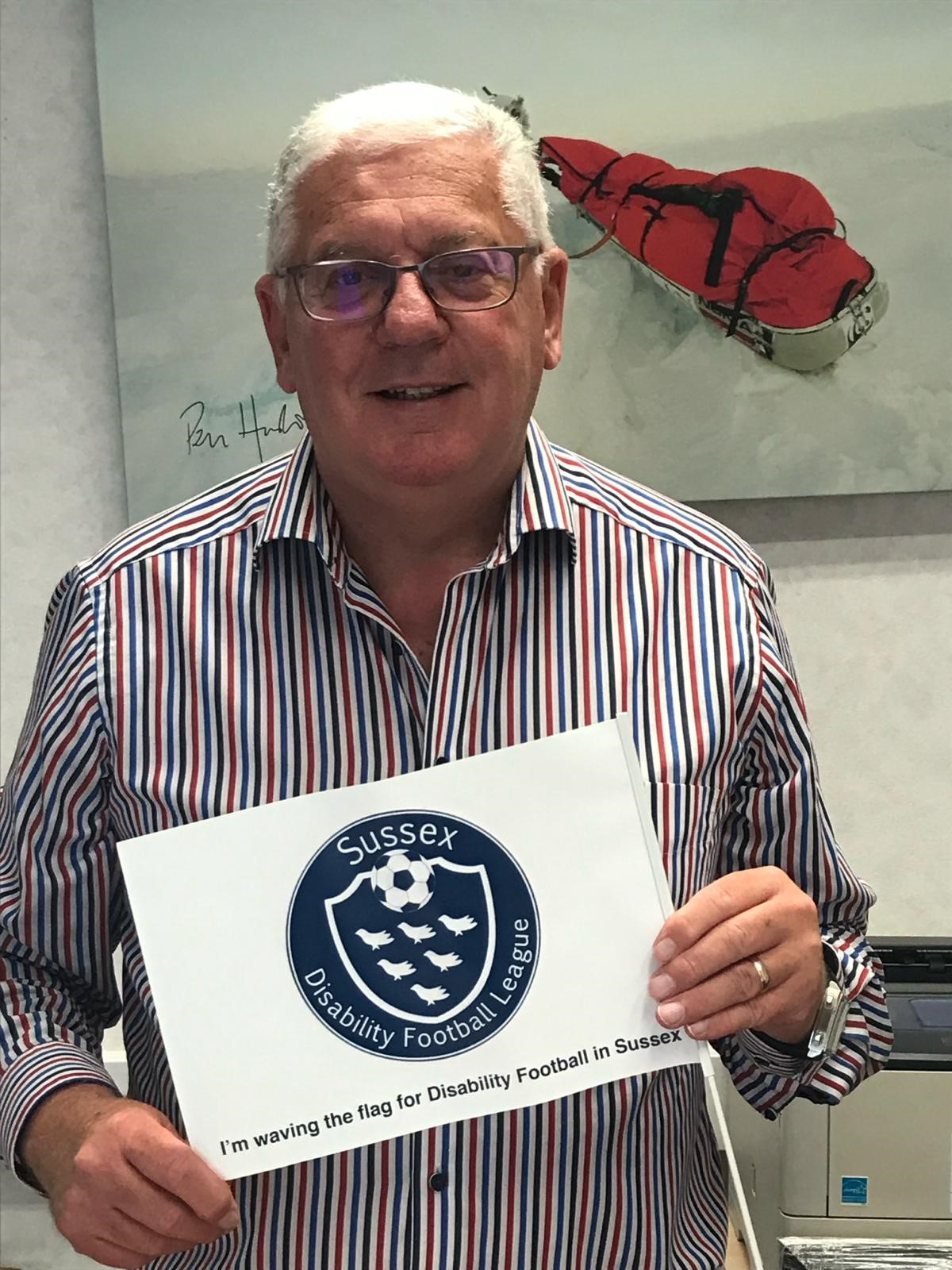
At a recent training workshop on helping fee-earners with Key Account Management KAM – the delegates requested that I write about how to manage key client meetings. Further details of this course can be found here http://www.pmforum.co.uk/training.aspx
What often happens
My observation is that at the start of a Key Account Management or Key Client Programme, there is a lot of enthusiasm and fee-earners are keen to have meetings with the clients to tackle tangible and concrete activities such as undertaking annual or post matter reviews and satisfaction surveys. They are also keen to have conversations where they can explore cross-selling opportunities or already identified short term new business opportunities.
But once these initial meetings have taken place they are unsure how to proceed and the programme falters and enthusiasm wanes.
This problem is caused by a number of issues that are common in the professions – and they all stem from an inadequate understanding of the KAM process:
- Short term view – Fee-earners are busy people and are likely to be focused on generating work in the short term. If there are no immediate opportunities for further work for themselves or their colleagues then they don’t know how to engage with clients.
- Inward sales approach – The firm has decided to “squeeze the lemon” and get more work out of the major client relationship. It’s on the firm’s agenda and insufficient research and effort has been made to understand what the client really wants and needs – both now and in the future – and how to really add value to the relationship.
- Lack of goals – This links to the short term view issue. Any goals that exist are likely to relate to additional fees within the current financial year. In strategic and structured key account management there will be long term goals relating to the strength and breadth of the relationship and how to achieve partnership status with the client by making a real difference client’s business. Strategic goals might relate to how much money might be saved for the client, how much revenue is generated for the client (not the firm) or how the client and professional adviser firm might truly collaborate to develop innovative new ways of working together that add value to both of them.
Most firms consider KAM in a simplistic way. However, KAM is described as a process to “Achieve long term profitable relationships with key clients by making consistent, measureable contributions to their profitability and their customer relationships”
The need for a key client plan
A thoroughly researched and comprehensive key client plan will help fee-earners know what they are trying to achieve in the short, medium and long term and therefore inform them of the nature of the discussions they should be holding with their clients at any point.
If the client knows that the firm is truly interested in helping their business succeed they will make time for meeting with the professional service provider – knowing that they will make an effort to ensure that any meetings really add value to their knowledge, perspective or ideas in exchange for their time. Where clients suspect that advisers are purely out for their own gain then they are likely to resist meetings.
Client life cycle determines meeting aims and content
To a large extent, the nature of the conversations at key client meetings will be determined by the stage in the client life cycle.
For example, in the early stages the meetings will be about getting to really know the client – its aims, strategies, operations, preferred working and culture styles. There may be many different initiatives discussed to achieve this including seminars and reverse seminars and shadowing and secondment arrangements. Early conversations might be guided by the information required by the provider in order to “fill the blanks” in their knowledge that cannot be obtained from public records.
Later on meetings will focus on ensuring that the client is happy with the service provided and how the firm can improve service delivery. So this is where service reviews and client listening programmes come to the fore. There may be ongoing meetings to address critical service elements, reporting requirements and the integration of systems.
As the relationship matures and trust grows, the shift might be to exploring the Decision Making Unit (DMU) for the purchase of other professional services – the cross-selling scenario. Conversations at this stage will be about enlisting the client’s people as sponsors and champions and finding ways to gain access to decision makers in other parts of the client organisation. However, the providers will need to make a strong case that they can add value when providing these other services – particularly if the client has a “horses for courses” approach to buying professional services. Providers will also need to be aware of the fact that their client contacts may have no relationship or knowledge of other parts of the organisation and are therefore limited in their ability to help.
Throughout these conversations, in addition to understanding the rational needs of the people, departments and organisation the provider needs to be alert to the personal motivations of the individuals – their own profile and aspirations – and to gain an appreciation of the sometimes delicate internal politics that exist. Sometimes here it may be appropriate to ask the client about providing case studies, testimonies, joint conference papers and other PR related activities that put the client and the provider in a positive light in wider industry initiatives.
Many firms will look to sector research, thought leadership and benchmarking studies to see how they can help their clients compare and opportunities for them to achieve savings or competitive advantage. Education initiatives and workshops might be the main topic of conversation here.
Another stage of the relationship building might be the organisation of social events where other members of the firm’s team and the client’s team are brought together. This is driven by the use of the classic bow tie to diamond approach to increasing peer-to-peer relationship networks.
Later still, where the relationship is strong, the providers may organise meetings where they present ideas for how they can provide new insight, co-create innovative solutions or establish partnerships for mutual benefit. Here the topics of conversation might move to the joint development of extranets, tailored software, on-line solutions or platforms that could be licensed to third parties.
There are many anecdotes from in-house counsel in the legal profession about how law firms have gone beyond expectations in helping clients – through shared leadership development programmes, the provision of administrative and PR support and through identifying new business for the client – which have had a big impact on client loyalty without any short term benefit or payback to the provider.
One of the ways I help professional advisers in the later stages of the relationship is to encourage them to use empathy – to imagine what the key aspirations and pains the client organisation is facing and to consider new ways to help them succeed in their business. This requires a commitment to really getting to know the client’s organisations – almost as well as the client – and to invest time and money in undertaking research to explore problems and opportunities that may be way beyond the area of technical work being undertaken.
One simple technique is to gather the client team together – provide them with wide-ranging commercial information about the client and its markets – and ask them to come up with “60 ideas in 60 minutes” of how the client organisation can improve. Some of the ideas generated can be worked up and presented to the client. The essence here is a proactive attempt to help the client – even if there is no immediate prospect of work for the service provider.
Too many key clients?
Another challenge is that many fee-earners try to tackle far too many key client relationships. It should be apparent that those managing relationships need a really in-depth knowledge of the key client and must commit time on an almost daily basis to keeping abreast of developments in the client’s market and organisation.
Some firms have sophisticated analysis and research systems – which provide relationship managers with briefing materials on a daily basis about key clients and their markets and developments that are likely to impact them. Yet the relationship managers still need time to read the information, consider its impact on the client and to consult with other members of the client team – or other experts – about the potential impact on the client. This is not something that can be done for more than one or two key clients at any time.
The need for sales and account management training
Another observation about why having these conversations is so tricky is that not many of the fee-earners who are charged with developing client relationships have had structured training in professional selling – whether using consultative, solutions or insight selling approaches. Similarly, few have had training in structured key client or key account training.
It is unfair and unrealistic to expect ordinary technical specialist fee-earners – with tough billable hours targets, little knowledge of the rest of the firm and no sales and relationship management training – to understand how to prepare for, conduct and follow up productive key client meetings.
For this reason, it is increasingly becoming the trend for professional service firms to hire senior account managers to play a pivotal role in key client relationship management.









